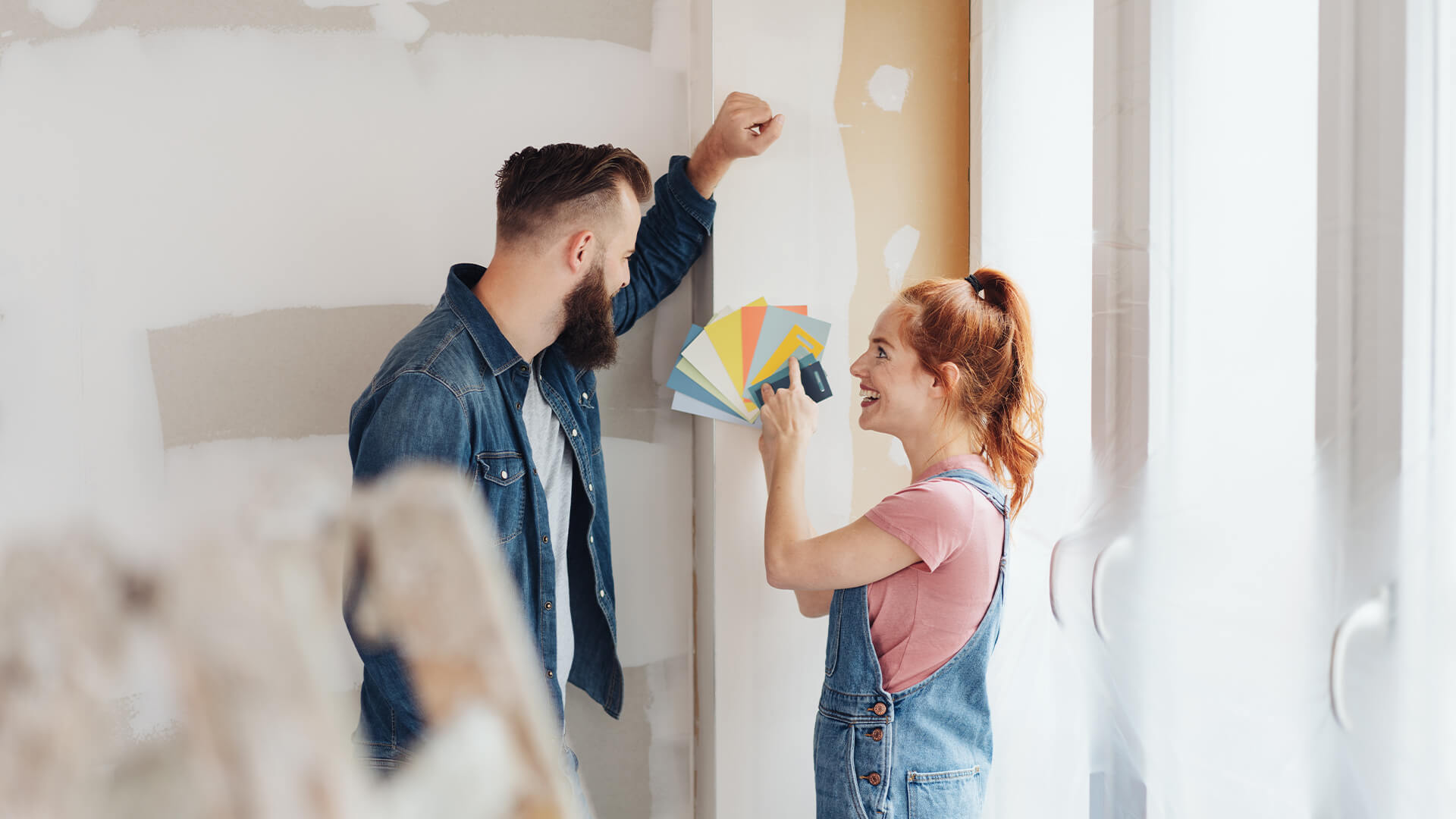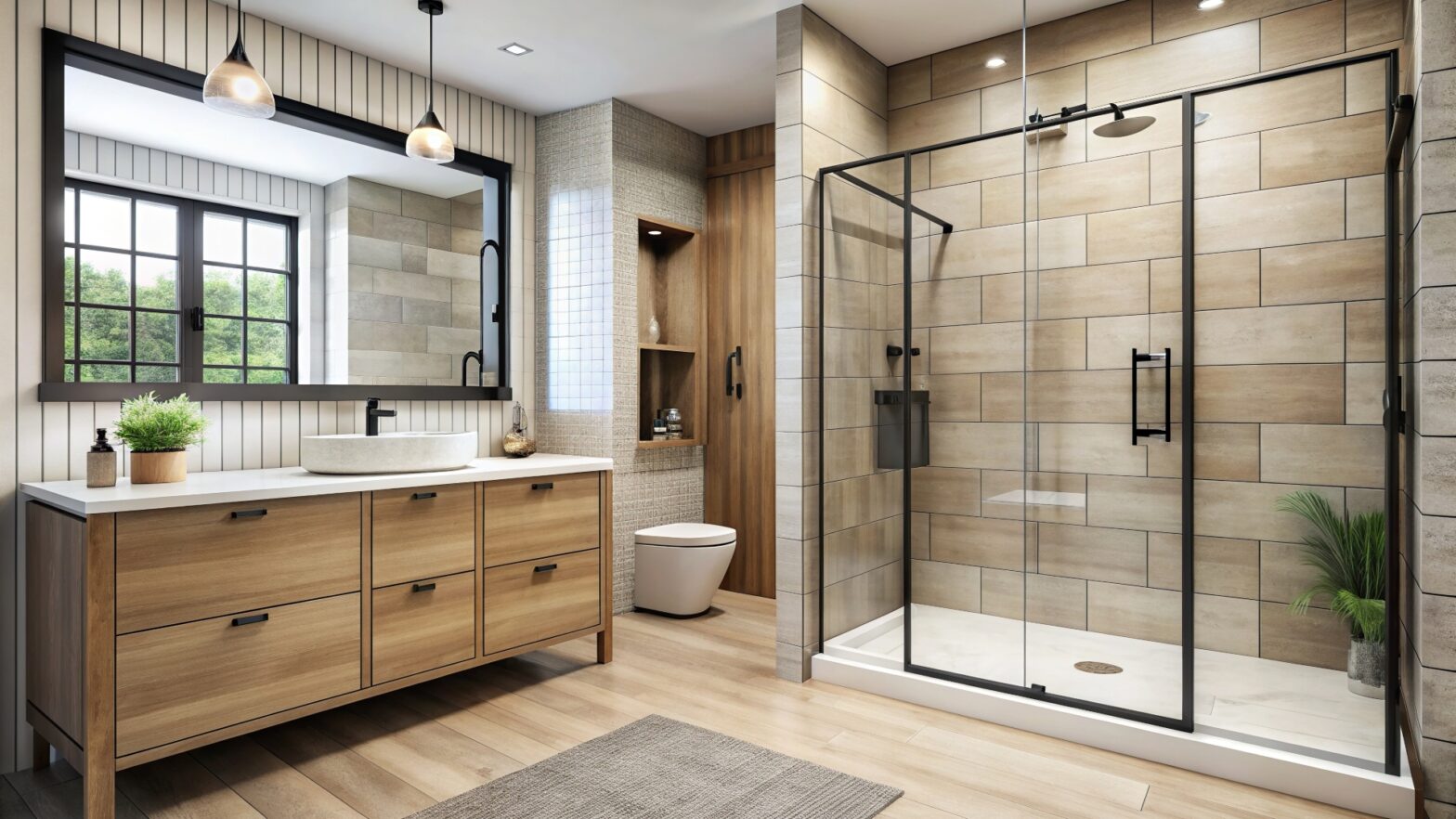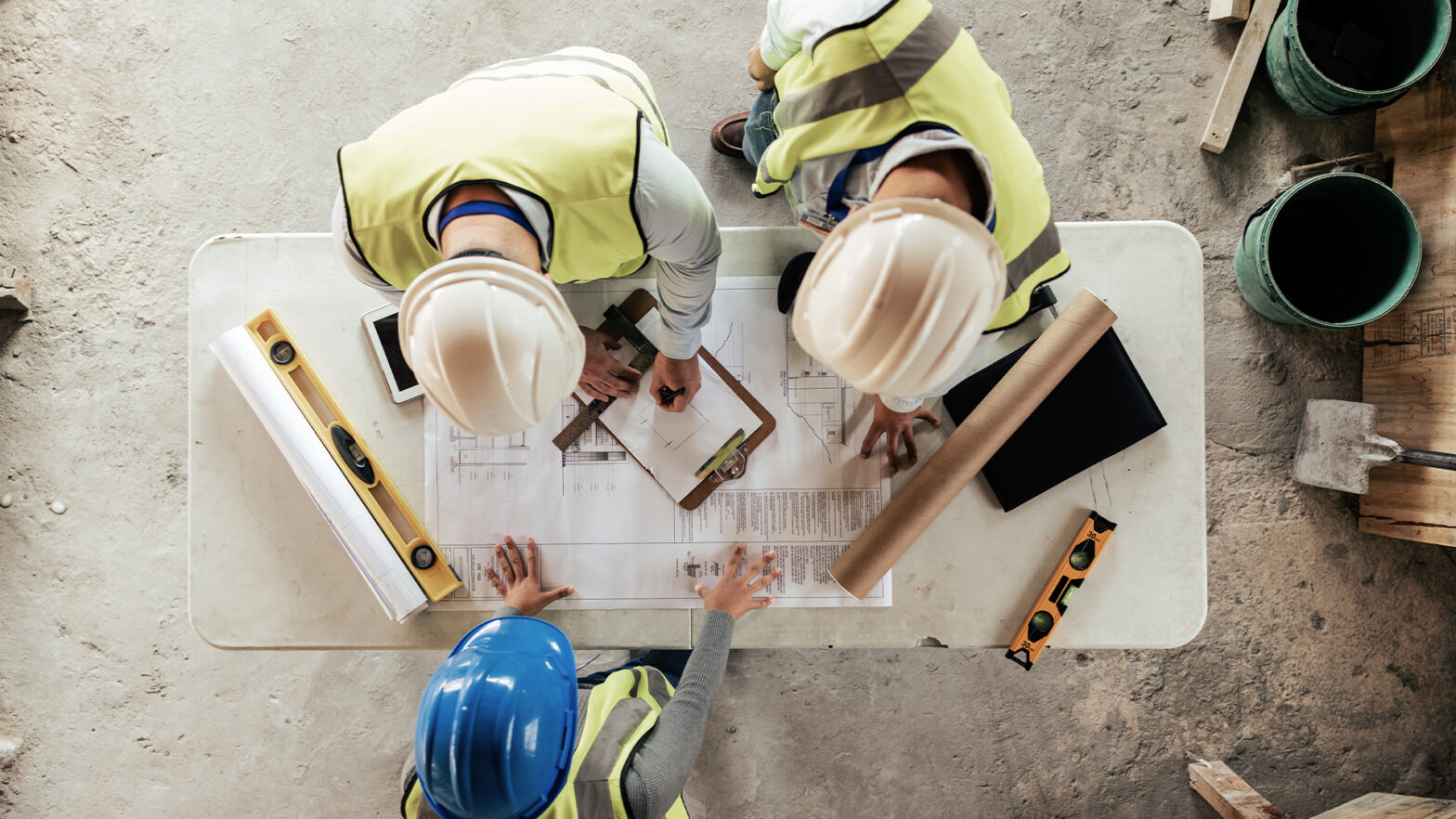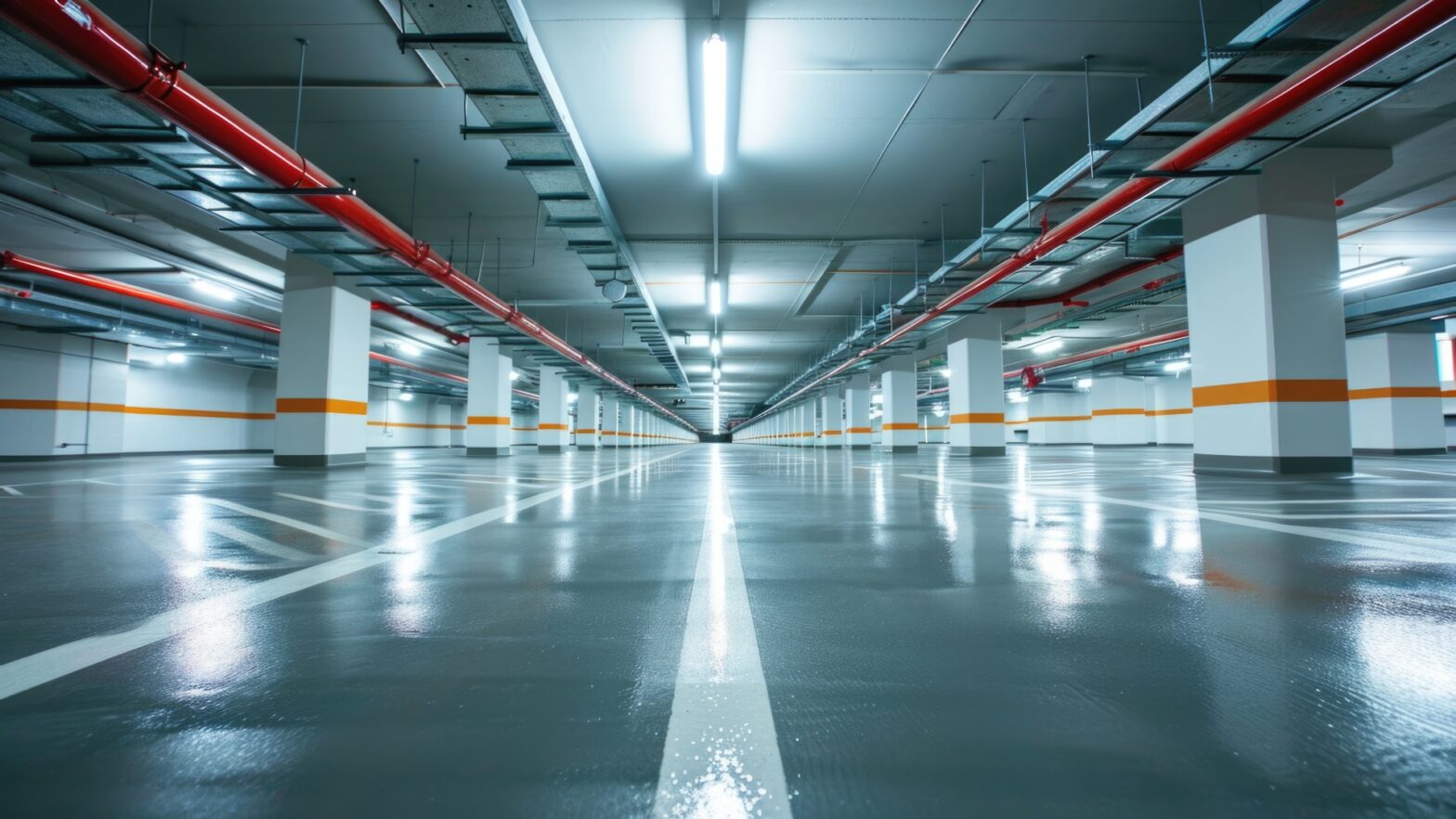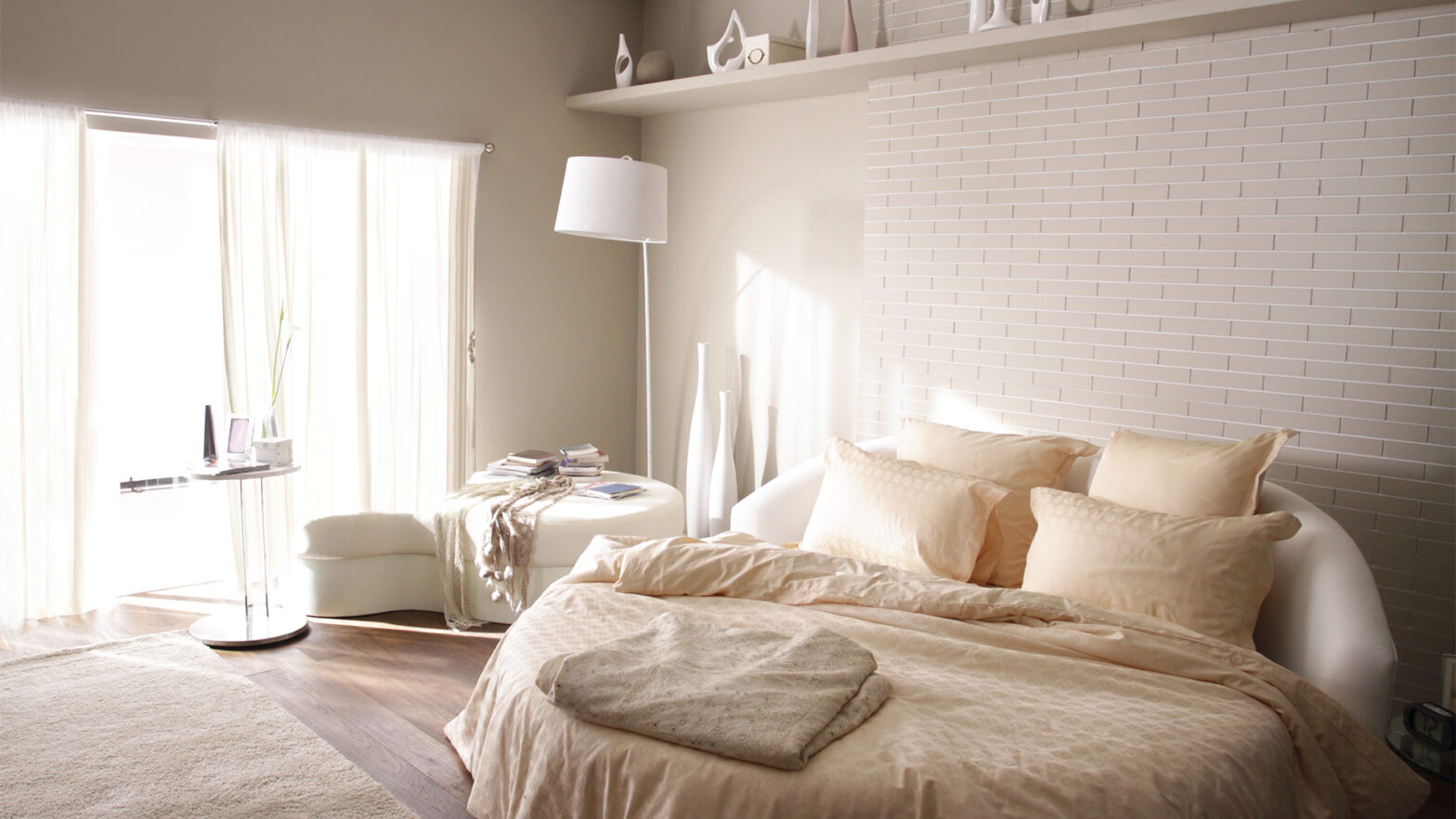Are you concerned about the potential risks of an upcoming painting and decorating job? As with any trade, it’s a good idea to brush up on your knowledge before tackling a new project – whether you’re a newcomer to the industry or a seasoned veteran. This is especially true for jobs that might form a smaller part of your repertoire. So, before you get started on your next project, big or small, it’s important to prepare relevant safety checks.
Between 2021–2022, 30% of workplace injuries were from slips, trips or falls, 18% were caused by handling heavy goods and 8% came from high falls. That’s a staggering 333,350 preventable injuries. And many of these injuries pose a higher risk to painters and decorators due to the nature of the job.
Let’s not add any more injuries to that list. Here, the decorating experts at Hamilton cover five key safety points so you can pick up your brush with confidence, whether you’re starting out in your painting and decorating career or you fancy a refresher.
Check your equipment
It’s important your equipment is up to scratch before starting a job, regardless of scale. Defective equipment is inefficient, costly and dangerous. Ladders and stepladders contribute to a third of all fall-from-height incidents – that’s 1,200 major incidents a year. This can be caused by loose or weak rungs, poorly positioned ladders or ladders that aren’t well-supported.
Another condition that can be worsened by poor equipment is repetitive strain injury (RSI). Broken brush handles, loose equipment fittings and bad posture all factor into this, so make sure you use well-made equipment – especially when it comes to tools you’ll use most frequently.
Learn fire procedures
It’s important to have an effective fire plan that covers evacuation and prevention, regardless of whether you’re decorating a commercial or residential space.
Over the last year (ending March 2023), a 17% increase in fire-related accidents was reported in the UK. That’s 178,737 fires compared to the previous year of 152,639. For the last three years, we have seen a consistent rise in incidents of fires, so it’s time to squash the curve.
Here are a few useful tips to avoid a fire-related accident at work:
- Keep your workspace tidy – loose wallpaper and cuttings are prime kindling for electrical fires.
- Dispose of waste – flammable materials must be disposed of correctly.
- Shut fire doors – ensure fire doors are securely shut to contain any fires.
- Plan an escape route – direct escape routes should be planned with colleagues and clients, exits should also remain clear at all times.
- Carry out a risk assessment – this is useful to detect any workplace hazard, but in the case of a fire, make sure you audit fire alarms, extinguishers, and signage (if applicable).
Ventilate your workspace
Always make your workspace as ventilated as it can be. Proper ventilation helps reduce the risk of dizziness, nausea or sinus discomfort caused by inhaling fumes. This is especially dangerous when using a stepladder as dizziness can affect your ability to use the ladder. Dizziness from a high position with less stable footing can be a precarious combination, so it’s important to minimise the risk as best as you can.
If natural ventilation from open windows isn’t enough, consider using a portable ventilator or extractor fan. For example, if you’re painting a kitchen, the cooker range hood can help to extract harmful chemicals from the air. Every little helps with room ventilation as it can take between 14–24 weeks for fumes to completely dissipate and return a room to its natural air quality.
Don’t panic, it’s still safe for customers to sleep in rooms without irritation to the sinuses after 24 hours of being painted – ample time for the room to dry. However, it’s still useful to bear in mind how long it can take to fully ventilate a room from start to finish. Taking precautions during the painting process will accelerate this for your customers.
Clean up
Keeping both yourself and your project workspace clean can be difficult when decorating; mucking in is part and parcel of the trade. However, it’s important to organise areas of mess to reduce the number of hazards in your vicinity.
This is just as true regarding your own hygiene, especially when it comes to washing hands. A build-up of corrosive material can damage the skin if left for a prolonged period and the risk is multiplied if ingested. It’s best to make sure you wash your hands before lunch and at regular break intervals.
If you’ve finished stripping a wall, remove the residual material from the workspace immediately to eliminate further trip hazards. Additionally, use sturdy paint kettles rather than open cans for further stability while working. An organised workspace is a safe workspace.
Practice safe work ergonomics
We often push ourselves too hard on jobs, especially when in the thick of work, where we might overlook regular breaks and the physical strain of a day’s labour. Between 2021–2022, an estimated 477,000 workers were affected by work-related muscular injuries, including back pain and repetitive strain injury.
The basics of work safety ergonomics include:
- rotating tasks to reduce muscle strain
- going on regular breaks
- using proper lifting techniques
- adjusting work heights with stepladders to avoid overreaching.
This comprehensive manual on workplace ergonomics outlines more of the potential risks caused by poor ergonomic practices. The best way to learn how to improve your safe work practices is by identifying areas of risk and implementing simple solutions. Are you overreaching to paint a ceiling? Use a stepladder to reduce back and arm strain. Finding yourself becoming dizzy from fatigue? Get a glass of water and take a short break. When it comes to work, always put your health first.
There we have it! You should now be ready to tackle your next job in painting and decorating as safely as possible. Before you go, we recommend you continue to update your personal safety procedure as you encounter any further hazards in future jobs.












